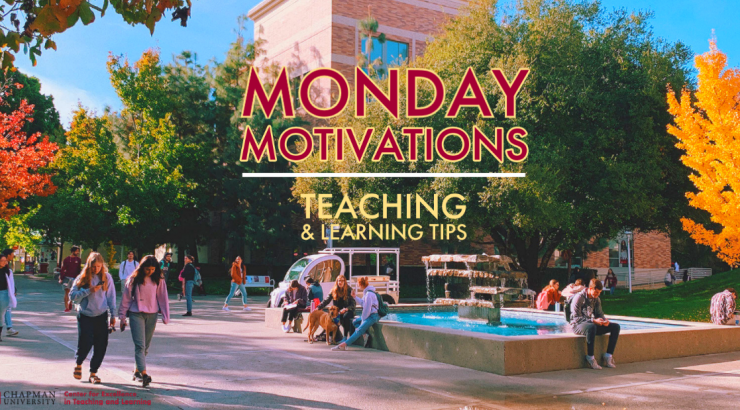
Tips for the Week of February 27, 2023
February 23, 2023
Massed Practice Does Not Make Perfect
Research tells us that cramming, a form of Massed Practice, isn’t effective for long-term retention of information. Distributed Practice has proven to be more effective in helping students retain information. Instead of students spending long periods of time studying or practicing something they’ve just learned or right before an exam (as with traditional massed practice), distributed practice involves study and practice of the same information or skill spread out over several shorter sessions. Distributed Practice improves long-term memory and strengthens learning without increasing the amount of time needed to study and practice something new. Click here for information to share with students on how they can improve their study strategies. This site provides some examples of how to implement distributed practice in your class.
Two is Always Better Than One
Dual Coding Theory assumes that humans process information in two independent but connected codes: a verbal code for language and a nonverbal code for mental imagery. Some cognitive psychologists argue that verbal information is stored into semantic memory while mental imagery is stored into episodic memory (see How It Works In Learning). The implication for instruction is that we can strengthen the way students encode and subsequently retrieve new information by presenting information in dual formats – visual images and words. Consider supplementing visual representations such as graphic organizers, flow charts, diagrams, infographics, editable timelines, multimedia, etc.
Sense of Belonging Linked to College Success
We all share the human need to belong, but research suggests that students’ sense of belonging is critical to their persistence and success in college (NSSE, 2022). Sense of belonging refers to a feeling of connectedness, being cared about, accepted, respected, valued, and important to the campus community – and according to (Strayhorn, 2019), “it can affect a student’s degree of academic adjustment, achievement, aspirations, or even whether a student stays in school.” To build community and students’ sense of belonging,
- Make sure students’ basic needs are met (e.g., connect students to campus resources)
- Give students many opportunities to share their experiences, and demonstrate they are heard by following through with appropriate support.
- Increase collaboration to ensure that students are at the center of decision-making.
To learn more about building a sense of belonging in your classroom and the wider campus community, see Seven Practices for Building Student Belonging.


